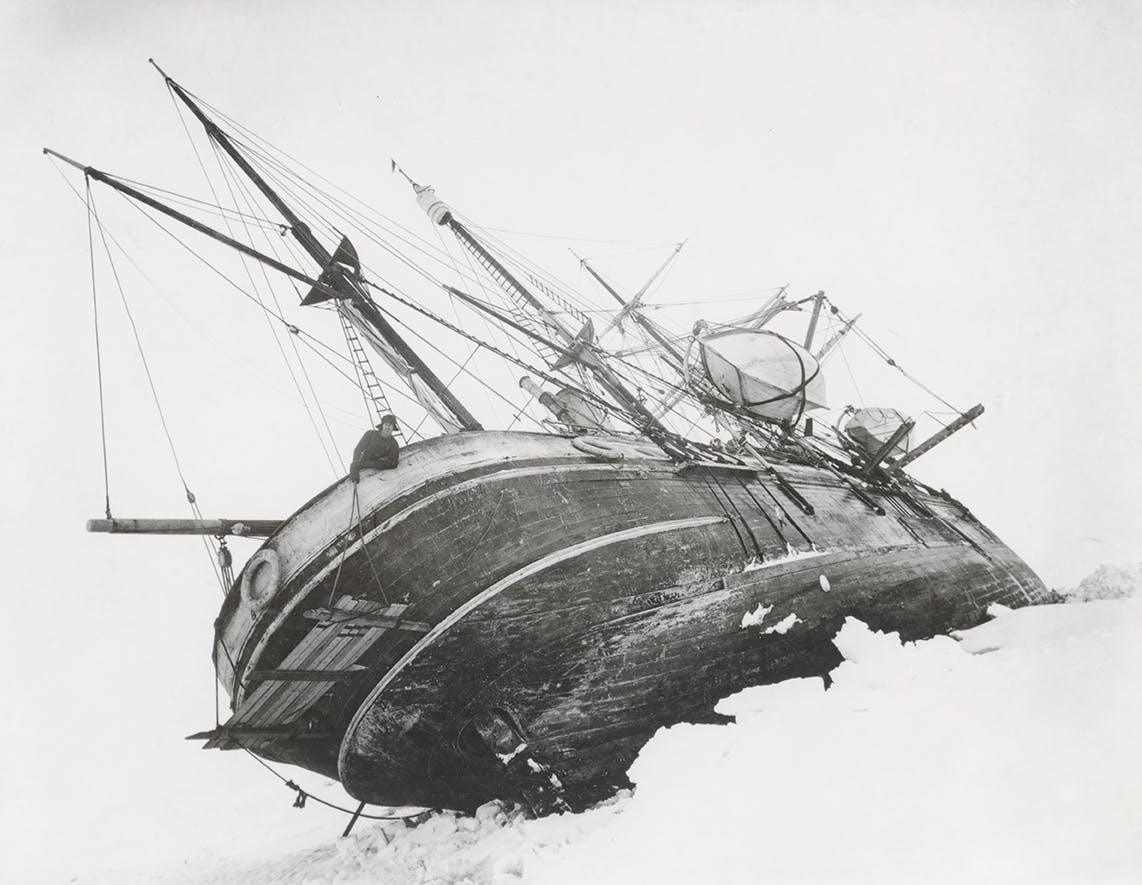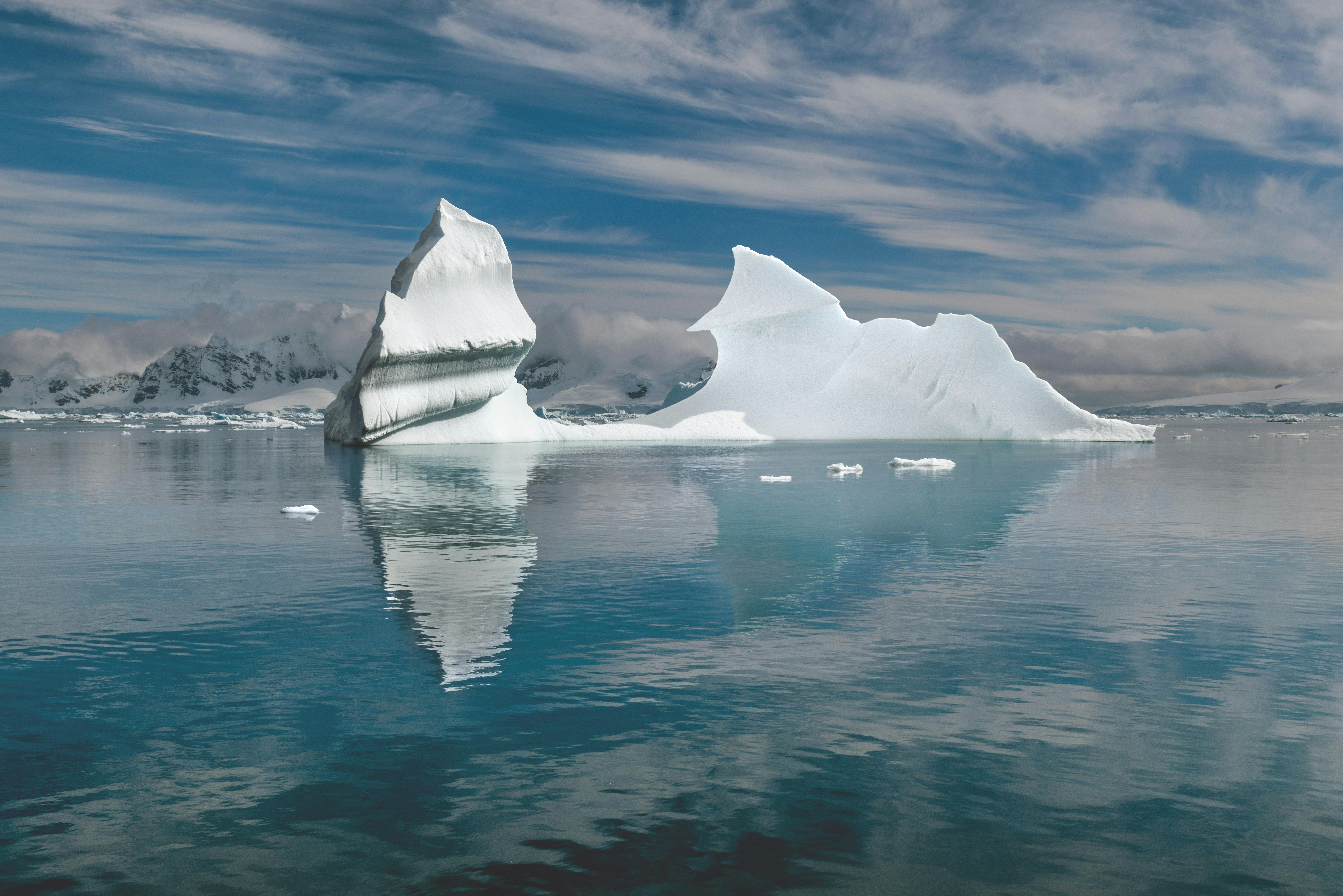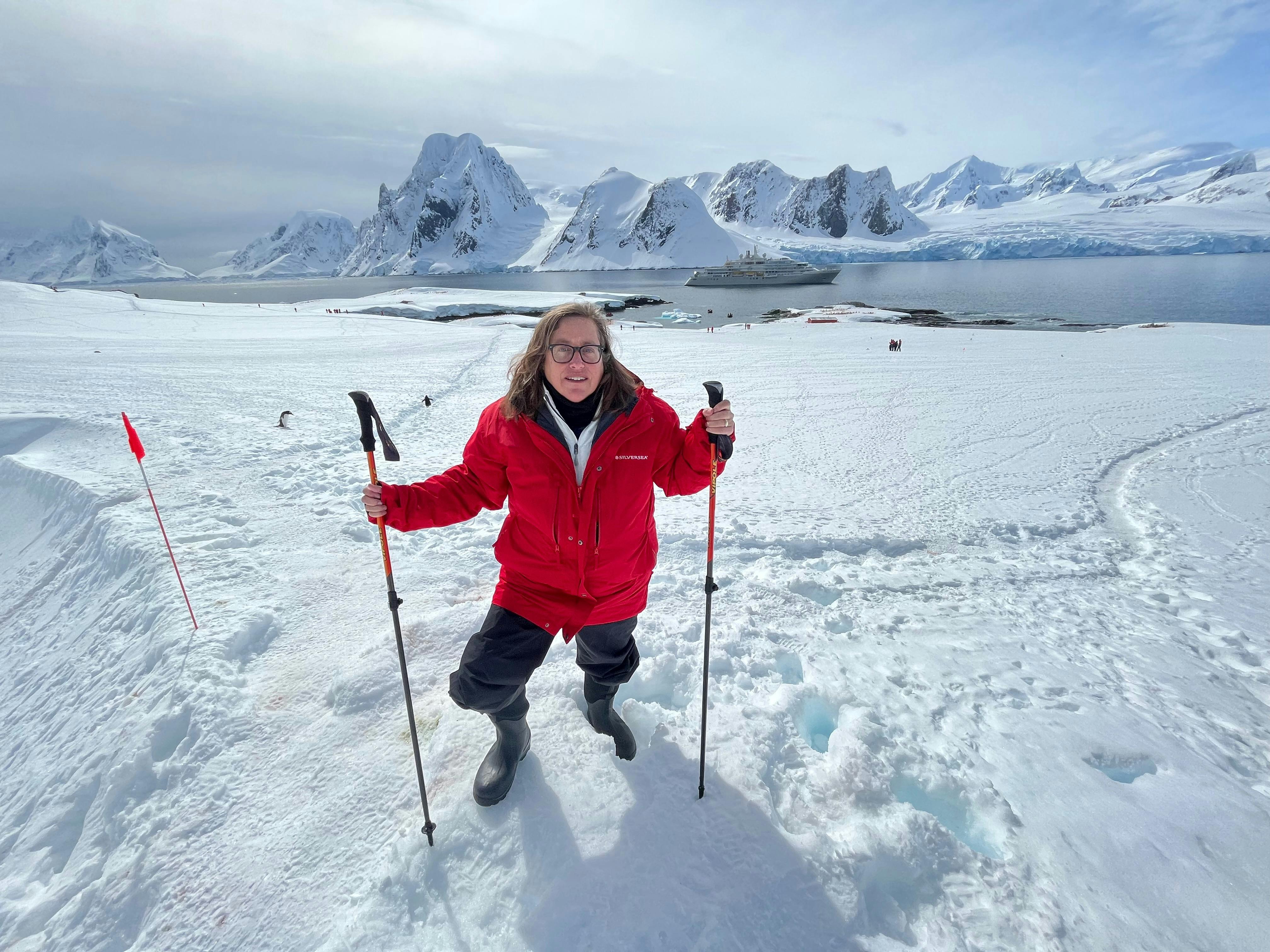Conrad Recommends: The Endurance: Shackleton’s Legendary Antarctic Expedition
In our continuing series of Great Reads, Conrad Combrink, Silversea’s Senior Vice President of Expeditions, Turnaround Operations and Destination Management, shares the incredible story of explorer Ernest Shackleton. As chronicled by Caroline Alexander, author of The Endurance: Shackleton’s Legendary Antarctic Expedition, he set out for Antarctica in 1914 aboard the Endurance, in search of the last unclaimed prize in the history of exploration: To cross Antarctica by foot.
The Gist: What’s So Fascinating About The Endurance?
Shackleton’s third visit to the White Continent was undoubtedly his most dramatic–an epic tale of resilience, perseverance and survival. Beyond that, why do I love this story so much? Resilience. Dedication. Survival. Isn’t that what we are all attempting to do right now?
Fascinating Facts
- Antarctica itself is a dramatic, demanding and otherworldly place — even if you are a well trained explorer. It’s is the earth’s fifth largest continent, bigger than Europe and Australia. It’s also the driest, coldest and windiest of all the continents. Antarctica contains 90 percent of the world’s ice and 70 percent of its fresh water. And nearly 98 percent of the continent is covered with an ice sheet hence its “White Continent” moniker.
- Ernest Shackleton was born in 1874 in County Kildare, Ireland. At the age of 16, he entered the mercantile marine service and became a sublieutenant in the Royal Navy Reserve in 1901.
“In the words of Sir Raymond Priestley (English Geologist and early Antarctic explorer, ‘For scientific discovery, give me Scott. For speed and efficiency of travel, give me Amundsen. But when disaster strikes and all hope is gone, get down on your knees and pray for Shackleton.” –Conrad Combrink.
- When he set sail on the Endurance, it was Shackleton’s third trip to Antarctica. He had joined Robert Scott’s Discovery Expedition as third lieutenant in 1901. He took part in Scott’s sledge journey over the Ross Ice Shelf. Unfortunately, Shackleton suffered from ill-health and was removed from duty and sent home in 1903.
- Recovered, Shackleton returned to Antarctica in 1908 when he led the British Antarctic Expedition aboard the Nimrod. This time, ice kept the expedition from reaching its proposed base site and the party spent the Antarctic winter on Ross Island, McMurdo Sound. Shackleton took a sledge to gain his way to within 97 nautical miles of the South Pole. Victoria Land was claimed for the British crown.
- In a preview of things to come, when Shackleton returned to his base camp, he discovered that the Nimrod had set sail two days earlier. Shackleton and party set fire to the camp to signal the ship. The Nimrod returned and Shackleton sailed back to England where a knighthood awaited.
- Endurance next set sail from England in August of 1914 with a crew of 27 and Shackleton in the lead. The plan was to cross Antarctica from a base on the Weddell Sea. However, Endurance was trapped in ice off the Caird Coast and drifted for fully 10 months. It was finally crushed in pack ice. The expedition drifted on ice floes for another 5 months until the explorers finally escaped on boats to Elephant Island in the South Shetland Islands. They subsisted on a diet of seal meat, penguins and their own dogs.
- Shackleton served in the British Army during World War I. He attempted a fourth Antarctic expedition in 1921. His goal was to circumnavigate the continent. He died at Grytviken, South Georgia on January 5, 1922. His death was attributed to his fund-raising efforts to finance his journeys and by the tremendous exertion of the expeditions themselves. He was, quite simply, worn out.
This article has been produced in collaboration with Silversea’s Corporate Business Partner, the Royal Geographical Society (with IBG) which enriches guests’ expeditions with over 500 years of travel and discovery.



















